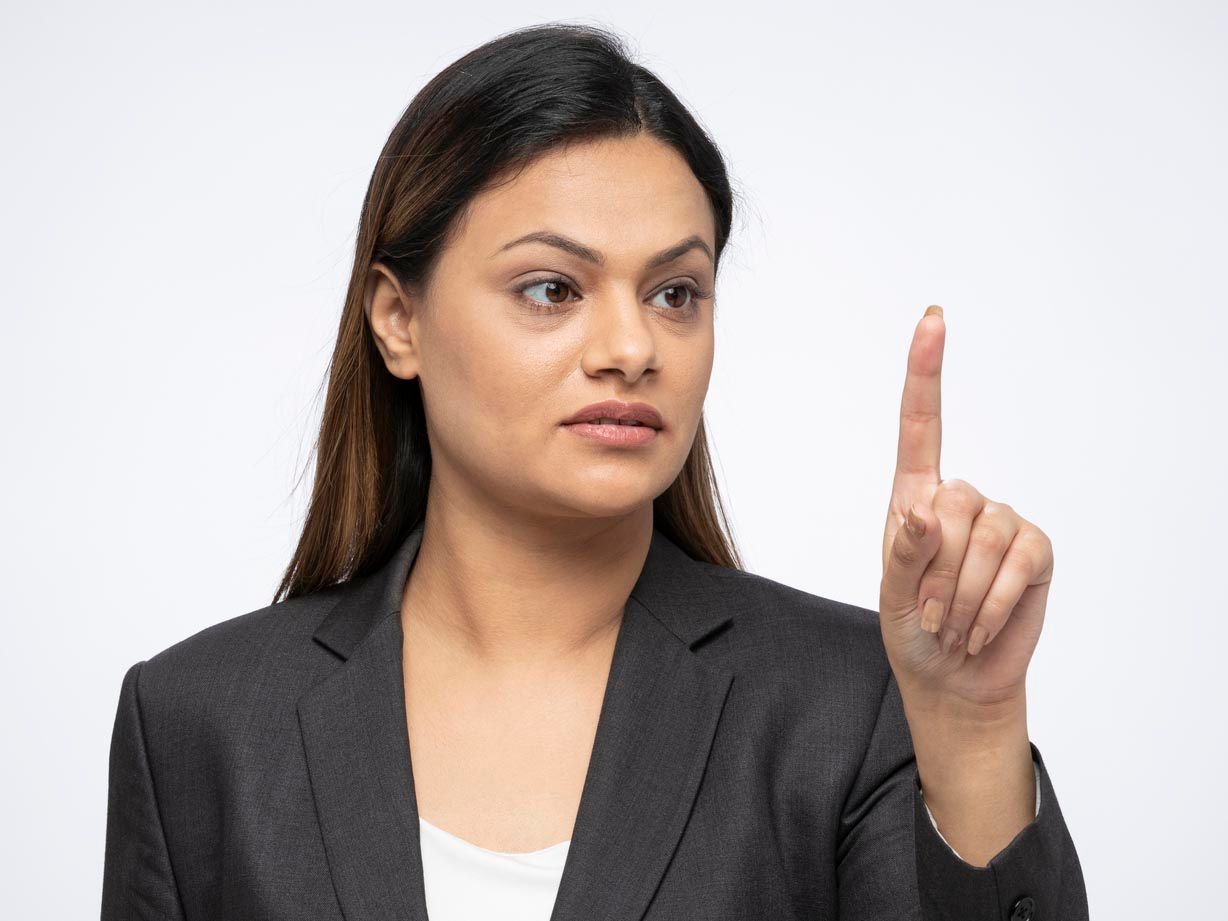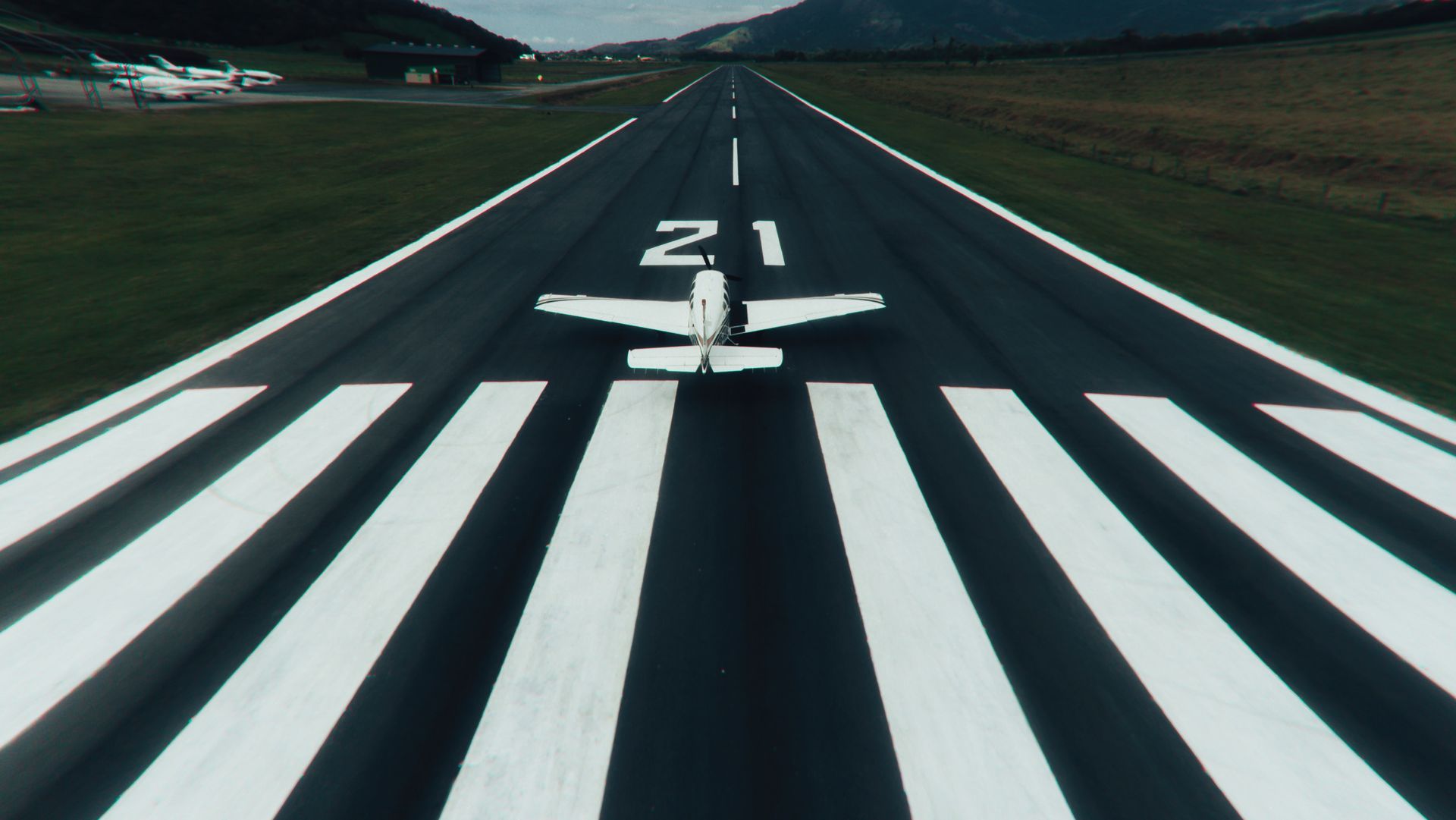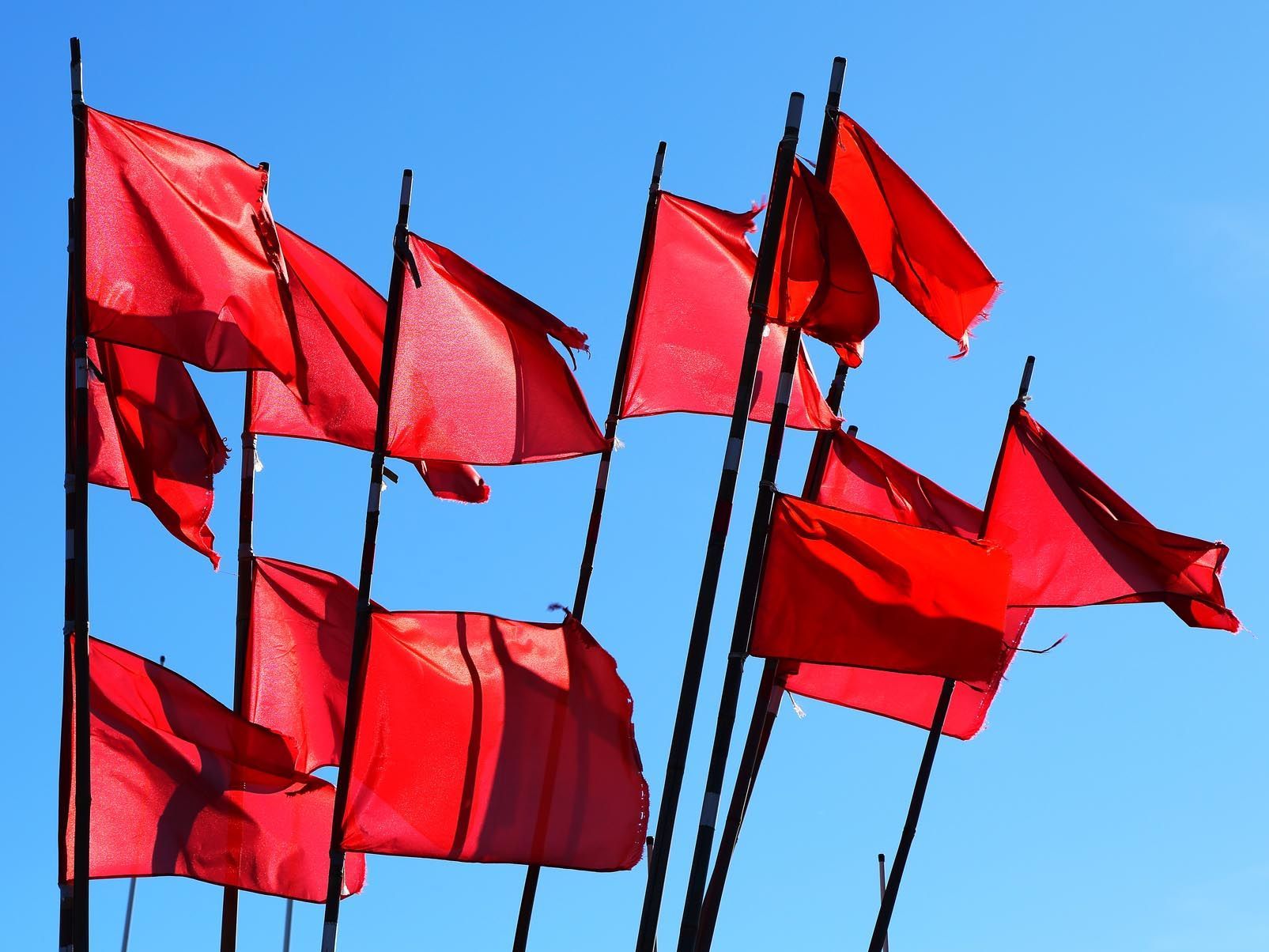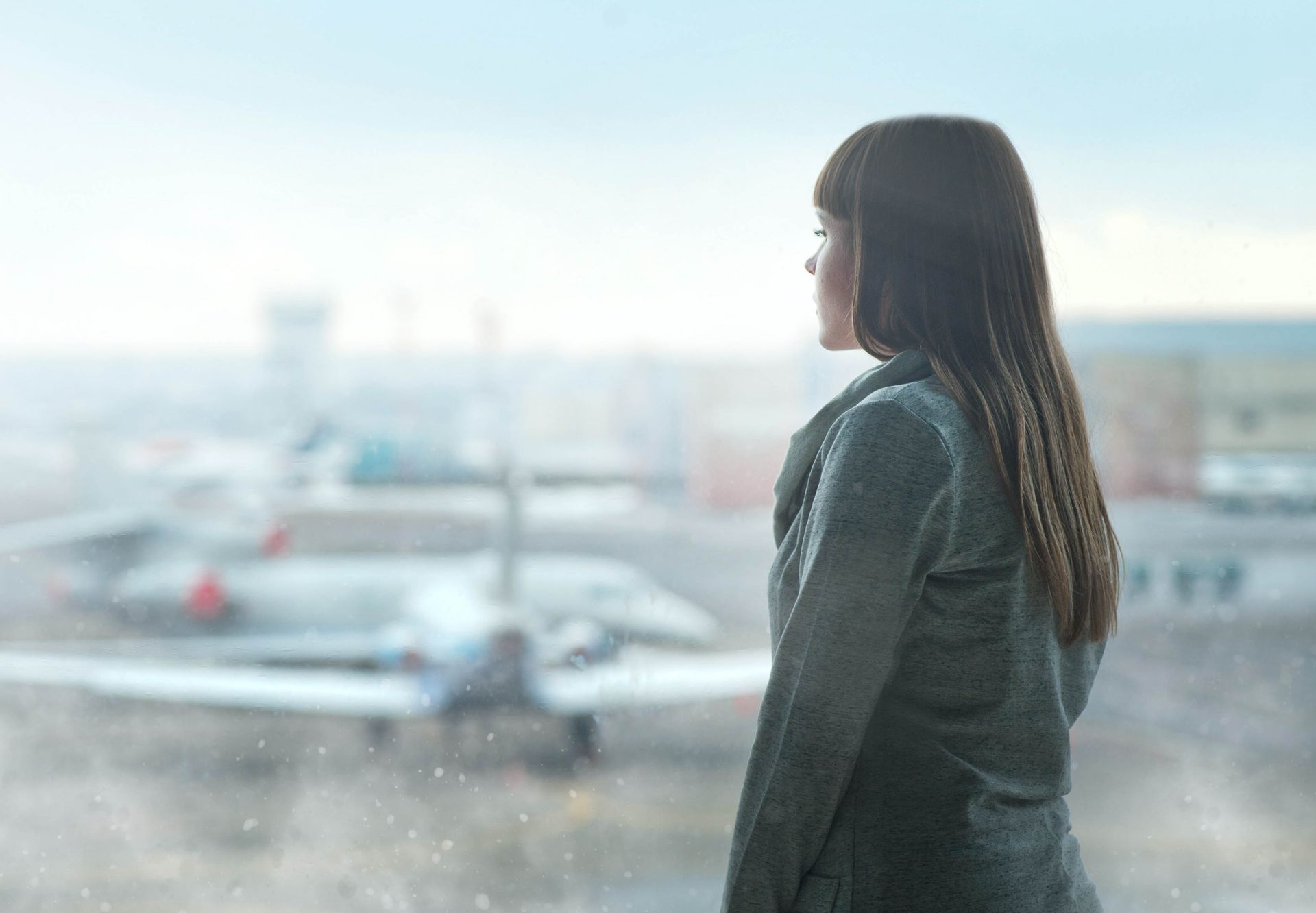Standards Lowered for Diversity? Nonsense.
‘DEI hire’ is a dog whistle, just the latest version of the familiar double-standard

When a pale male pilot lands a flying job, it is attributed to ‘effort’ and ‘merit’ – even when he’s a legacy hire, thanks to his airline pilot daddy. But when a pilot from a historically excluded community lands a flying job, their qualifications are called into question and they are disparaged as ‘filling a quota’, a ‘diversity hire’, ‘Affirmative Action hire’, and now, a ‘DEI hire’.
These are dog whistles, new stand-ins for old slurs about Black people (and women) that are so terrible they cannot be said out loud.
Then comes the cry: “It’s not fair! They’re taking our jobs! It’s reverse discrimination! Standards are being lowered! Safety is being compromised!”
That’s NONSENSE.
And I really do mean, it’s nonsensical. All civilian-trained pilots must pass the same FAA checkrides to become an airline pilot: Private Pilot, Instrument Rating, Commercial Pilot, Multi-Engine Rating, Airline Transport Pilot, and an FAA-approved airline initial pilot training course. The standards of knowledge and performance are in plain black-and-white in the FAA Airman Certification Standards. The standards for military flight training are likewise fixed and even more rigorous.
Why would anyone think that the FAA, or the military, or an airline for that matter, is lowering their standards of certification of pilots? Seriously? Walk me through your thought process.
We’ve heard all this before; here’s a list of calm comebacks.
The truth of it is, standards have not been lowered; what’s been lowered somewhat are the airlines’ advertised minimum requirements to apply for the pilot job, which results in a slightly lower than previous experience level of the pilots hired, on average.
But NOT because of Diversity, Equity, and Inclusion – because of Covid.
And the airlines have done it before. Let’s look back in time, to see the pattern.
CYCLES OF PILOT HIRING
The airline industry has always had cycles of highs and lows, expansion and contraction corresponding to the national and world economies, affected by innovations, war, oil, and pandemics. Airline pilot hiring – and layoffs – follow these peaks and valleys.
Historically, there’s an oversupply of pilots that is also affected by the availability of military pilots. The U.S. major airlines have always preferred to hire military-trained over civilian-trained pilots, with over two-thirds of the airline pilot ranks coming from all branches of the military through the 1980s. Today’s new-hire pilots are about two-thirds civilian-trained, because there are fewer military pilots available.
Their availability ebbs and flows. The post-war periods at the end of World War I, World War II, and the Vietnam War brought gluts of highly experienced military pilots – thousands more pilots than airline jobs available.
Conversely, when Uncle Sam needs pilots during wartime, and during some key moments of rapid expansion in the industry, the airlines are left scrambling for pilots. And that’s when they lower the minimum qualifications to be considered for hiring.
PILOT SHORTAGES
The jet boom of the late 1960s coinciding with the U.S. military retaining pilots for the Vietnam War offers a great example. The airlines needed pilots so badly they placed ads in magazines like
Popular Mechanics, listing basic requirements similar to this recruitment ad for American Airlines in 1967: Age 21-35, first consideration to 21-28 years. Height 5’7” to 6’4”. Education – 2 years college or equivalent. First Class FAA medical. Vision 20/20 without glasses. U.S. Commercial License and Instrument rating. (Little of this is legal to advertise anymore.)
The Commercial Pilot certificate can be obtained in as few as 200 flight hours, and if you think the airlines wouldn’t hire pilots with that little flight experience, think again. Here are some insights into that era, posted in a forum for pilots:
“A coworker of my dad’s at Pan Am was a 700-hour Cessna 150 flight instructor hired in the 1970s. They laughed about it.”
“I know a pilot hired at United Airlines with 400 hours because his dad knew the chief pilot. He was 22. He is a 777 captain now. By comparison, I [a woman] was hired with more than 5000 hours, 1500 in heavy jets.”
“My husband got hired by United Airlines in 1965 with 400 hours, and they paid for his Commercial ticket. One of his classmates did not have his Instrument rating.”
“I flew with a captain who was hired by Western Airlines with 300 hours and no college degree. He’s a Delta captain now.”
“I flew with several 200-hour hires at Northwest Airlines. I even flew with one hired with zero hours. He was hired and told to go get some ratings, then come in for class.”
“I met a TWA captain who was hired without a Commercial Pilot license. TWA paid for him to get it.”
“At United I flew with several captains, all Caucasian, who were hired in the late 1960s with ZERO hours.”
“I was hired in 1986 with 1200 hours, more hours than any of the men, most of whom had only 250 hours. And was the only woman in the class.”
Granted, they were being hired into the entry-level nonflying position of flight engineer. That position has been almost completely eliminated, yet here are examples of what women pilots are still experiencing:
“A captain told me in 2019 that I was only hired at American Airlines because I was a minority female. I had well over double the flight hours of anyone in my new-hire class.”
“Every management pilot at my regional airline has a Conditional Job Offer with a major airline, except for two: Me and the only other woman. And knowing everyone’s background, I’d argue that she and I are more qualified than any of the men.”
As you can see, the airlines can and have lowered qualifications to the absolute FAA minimum – NOT for the benefit of people historically excluded from pilot professions.
OVERSUPPLY OF PILOTS
Airline pilot hiring can turn on a dime. In early 1992, I had two Conditional Job Offers from American and United Airlines, when all the airlines abruptly halted hiring and began furloughing pilots, due to the Gulf War recently underway.
Because of the seniority system, senior pilots are retained and junior pilots are furloughed in reverse seniority order, starting at the very bottom – it's ‘last hired, first fired’.
An even more dramatic example of a rapid downturn is the post-9/11 period. Within days of the September 11, 2001 terrorist attacks, airlines began sending furlough notices to pilots; eventually many thousands were unemployed. Not only pilots: Tens of thousands of airline employees lost their jobs. This time, the pilot furloughs went deeper and lasted longer than in the past. For American Airlines, for example, it resulted in a 12-year gap in pilot hiring – not one single pilot was hired between late 2001 and 2013.
The entire industry suffered. Pilots of a certain age call it ‘The Lost Decade’.
When the industry recovers and airlines prepare to begin hiring again, there exists a large pool of highly qualified pilots to choose from, and so selection criteria are raised to filter the deluge of applications. This was evident in the recoveries of mid-1990s and early 2010s.
Military-trained pilots are preferred, and there, too, the airlines start by picking the cream of the crop, hiring astronauts, test pilots, former Air Force One pilots – I kid you not.
At the start of those industry recoveries, the average experience level for civilian-trained new-hire pilots at the major airlines was in the range of 3000-5000 total flight time, with some having far more, plus one or more jet type ratings and thousands of jet hours as pilot-in-command, typically acquired by flying in business aviation or as captain for a regional airline.
The major airlines required a 4-year college degree. Or said it was preferred – but rarely was a pilot hired without it.
Some airlines had special minimums, such as Southwest Airlines, which for decades required the B-737 type rating of all its applicants, military and civilian alike. That training and checkride cost about $7000-8000 at the flight schools that rented midnight simulator time from the airlines for this purpose.
THE BOOMER EFFECT
Two factors drive pilot hiring: Growth and retirements.
Airline pilot is one of just a handful of professions with a mandatory retirement age, previously age 60, and in our case it is established by a literal Act of Congress.
And no discussion of the current U.S. airline pilot profession is complete without mention of the Baby Boomer Generation, born between 1946 and 1964. This large cohort of airline pilots began to reach the retirement age of 60 in large numbers during the post-9/11 downturn of the early to mid-2000s, when the biggest airlines sought bankruptcy protections, demanded hefty pay concessions – and canceled pilot pensions.
This largely explains why, in 2007, the mandatory retirement age was raised from 60 to 65, extending the working years of the oldest and most senior pilots. It had the further effect of delaying recall of youngest, most junior pilots on furlough and postponing the re-start of hiring. This accounts for fully half of ‘The Lost Decade’.
PENDULUM SWING
Another impact of ‘The Lost Decade’ is that some people dropped out of the profession altogether, and young people did not take interest in embarking on a career with high entry costs and no jobs. The profound and lengthy plunge in ‘new pilot starts’ throughout the 2000s was worrisome, and rightly so, since it contributes to the lack of qualified pilots now.
A change with a delayed impact on airline pilot hiring was the mandatory Airline Transport Pilot certificate (ATP). Stemming from the Colgan Air 3407 accident of 2009, a new FAA rule increased the minimum age, flight experience, training, and credentialing requirements for pilots in airline operations, requiring the ATP for all airline pilots which previously had only been required for airline captains or pilots-in-command.
So when the industry began to recover in earnest in the later 2010s, the airlines had to dig deeper for pilots.
One strategy was the introduction of new 'flow-through' agreements, in which pilots at a regional airline have the contractual right to 'flow' directly into the associated mainline or major airline, based on seniority and longevity. In some cases, the transition is automatic and guaranteed; pilots did not need to interview for the job. Or need a college degree.
Other shifts: Southwest Airlines dropped the B-737 type rating requirement in 2015. Virtually every airline removed the college degree requirement by 2020.
SUDDEN BUST, THEN BOOM
Here’s the sequence of events. Covid struck in early 2020. Worldwide pandemic. People sheltering at home. No one traveling or flying. Airlines parking airplanes anywhere they could. Half the world’s airline pilots grounded for lack of flying.
Facing a sudden surplus, many airlines chose one or more of these ways to reduce pilot staffing: 1- Furlough, as per usual; 2- A new tactic offering early-out packages to the oldest pilots, typically between age 62 and 65; and 3- Another new tactic, offering temporary personal leaves of absence with partial pay.
Then the turnaround came. The vaccine was distributed in 2021, the pandemic waned, and people were eager to travel and fly again. All this happened much more quickly than anticipated, and the airlines had to scramble to get their operations up and running to meet demand. Airplanes were brought out of the desert, pilots recalled from furlough and re-trained, and – WHOOPS!
The approximately 6000 senior pilots who retired practically overnight in 2020 included many large widebody jet captains, simulator instructors, check pilots, and management pilots.
Right away, the major airlines did what they always do: Hired the pilots with the most flight time and qualifications first. They sucked up pilots from the regional airlines and low-cost carriers, especially captains. That placed those airlines in a precarious position as they struggled to stem losses, hire new pilots, and train new captains to keep their jets flying. In a surprising twist, regional airlines and low-cost carriers introduced gigantic pay increases, plus retention bonuses and other incentives. The days of a regional airline first officer with a family of four qualifying for food stamps are officially over.
Then all the airlines lowered their publicly announced minimum qualifications. And the level of experience of new-hire pilots has been, on average, less than previously.
So, that explains THAT.
HOW DIVERSE IS IT REALLY?
Historically, significant segments of the U.S. population have been excluded from pilot professions.
During World War II, when Jim Crow laws meant the U.S. military services were segregated by race, over nine hundred Black pilots collectively known as the Tuskegee Airmen distinguished themselves flying in military service to their country. After the war, discrimination prevented any Black pilots from being hired as airline pilots, until Marlon Green took his case all the way to the U.S. Supreme Court and prevailed in 1963 and American Airlines hired David E. Harris in 1964.
During World War II, when women barred from service as military aviators, over a thousand women pilots flew every model military aircraft as part of the civilian Women’s Auxiliary Ferrying Squadron (WAFS) and Women Airforce Service Pilots (WASP). After the war, women pilots remained excluded from military and airline flying. They were not allowed to be military aviators until 1973, or to join the military academies or fly combat aircraft until 1993. As noted previously, the airlines preferred to hire military-trained pilots, so this partially explains why the U.S. airlines did not hire women pilots as actual pilot crewmembers (versus for publicity purposes) until Frontier Airlines hired Emily Warner Howell in 1973.
But even then it was hardly a case of floodgates opening. The Organization of Black Aerospace Professionals (OBAP), founded in 1976, counted just 186 Black airline pilots ten years later in 1986. The International Society of Women Airline Pilots, formed in 1978, estimated that by 1990, some U.S. airlines had reached 1% women pilots.
Today, most U.S. major airlines hover around 3% Black pilots and 5% women pilots. Progress for Asian and Hispanic/Latino airline pilots is similarly slow, while the number of pilots with Native American and Pacific Islander heritage is unknown.
INNOVATIVE STRATEGIES
In their quest to hire more pilots, the airlines lowered the minimum qualifications until the FAA rule that every airline pilot has to have the ATP and be age 23, or have a Restricted ATP and be age 21, became a factor. One airline requested an exemption of the rule; it was denied.
The urgent need for qualified pilots and the dramatic rise in pilot pay have sparked new interest in the profession. Aviation colleges and universities are scrambling to meet demand, creating or expanding FAA-approved R-ATP aviation degree and flight training programs. (Do pilots need a college degree anymore?)
The U.S. major airlines are also trying something that has worked for airlines in other parts of the world: Cadet academies, or ab initio flight training programs that take flight students from zero hours through commercial pilot and flight instructor in fulltime structured programs. These are the American Airlines AA Cadet Academy (established in 2018), United Aviate Academy (2022), Delta Propel Flight Academy (2023), and Southwest Destination 225 Cadet Pathway (2023).
Some people raised a hue and cry when the United Aviate Academy announced their goal of opening the profession to a much more diverse pool of candidates. Read the fine print: All of these programs also offer incentives for the children and other family members of airline employees. Here's a glimpse of what that can look like: At one of the airline cadet academies, a new class of cadets included one Black woman, six white women, and five white men. The Black woman came with military experience (non-pilot), a college degree, and 30 flight hours as student pilot, while six of the other cadets had no college and zero flight time – and most of these were children of airline pilots.
There's nothing inherently wrong with nepotism; it's extremely common in trades ranging from plumbers to movie actors. But notice how nepotism in the airline pilot profession perpetuates the white majority, and how no one mentions 'standards are being lowered' when a legacy hire comes in with lower-than-average qualifications.
CONCLUSION
In last four years, the airline pilot profession has experienced the whiplash of a sudden mass retirement, a pilot shortage, and a hiring boom. The result is that the airlines are hiring pilots at younger ages and with fewer flight hours and generally fewer qualifications, on average, than in the past. The industry has seen this before, but now the 'floor' has been raised from 200 flight hours to 1000-1500.
Our industry desperately needs more people to join the pilot profession, and it’s a logical step to recruit from the previously excluded populations. It's time.
Yet barriers to entry remain, including the high cost of pilot training. The airline cadet academies and accelerated flight schools cost up to $100,000 or more, and at aviation colleges these fees are on top of tuition. Loans with favorable terms and scholarships are key to attracting young people who otherwise would not be able to access this training, especially people from communities that have endured centuries of economic exploitation and disparity.
The fact remains that in 2024, the U.S. airline pilot workforce is still 92% pale and 95% male. There are maybe 150 Black women airline pilots out of 110,000 total.
Every pilot has had to train hard and work hard to reach the airline flight deck, so it’s ludicrous to say that 'so-and-so took my job’ or that ‘diversity is making the skies unsafe’.
If you're still thinking or saying that, the pilots of OBAP and Captain Theresa Claiborne, the first Black woman in the Air Force now a United Airlines B-787 Dreamliner pilot, have a message for you:
© 2024 Jenny Beatty. All Rights Reserved.
Photo credit: Deepak Sethi









